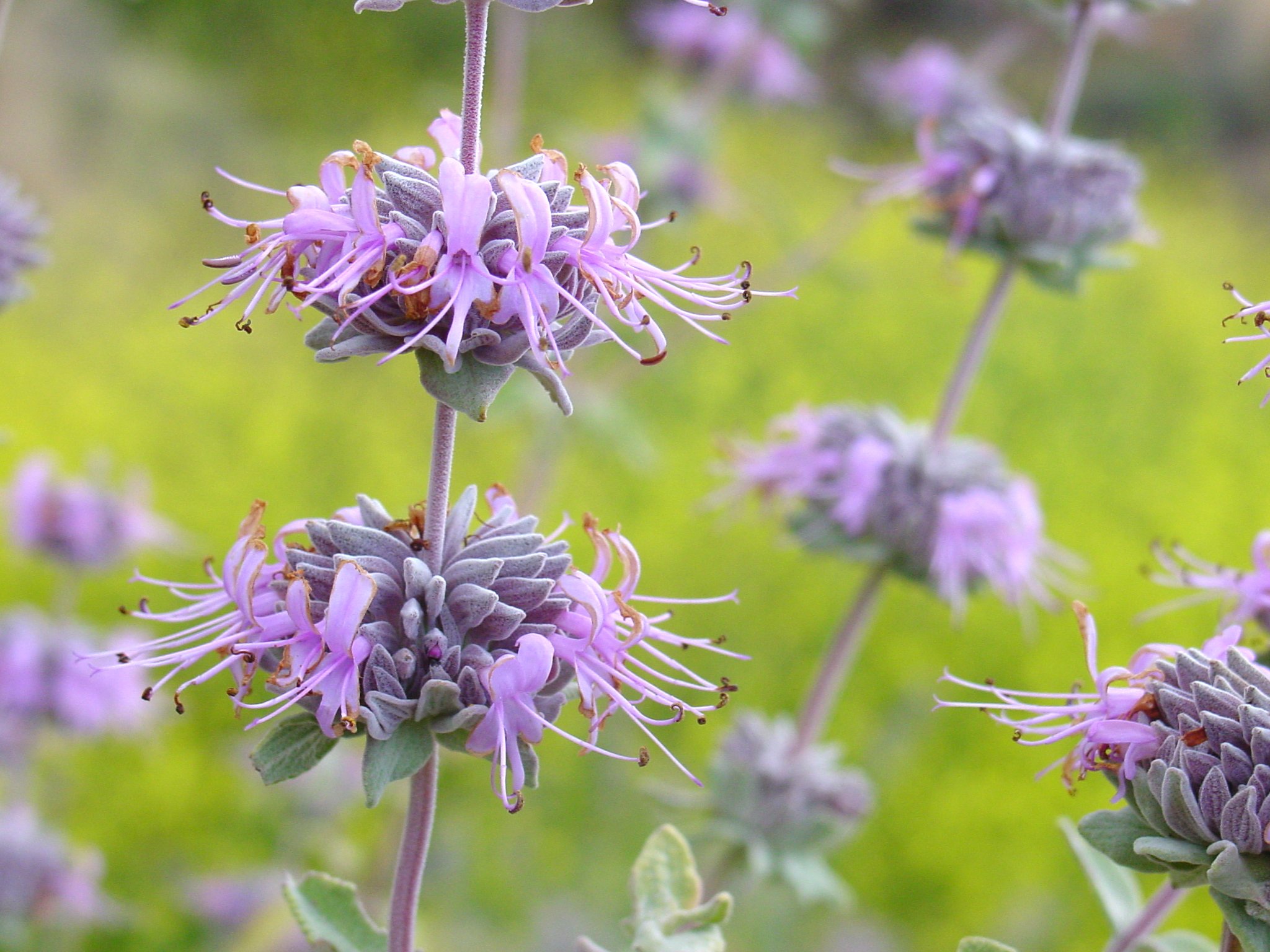
Full Yard Plan
Overview
This full yard plan creates a lush, multi-use garden for a residential home. The garden creates a prominently featured bioswale bordered by a variety of native plants along the sidewalk. This creates a vibrant entry way and provides privacy for the homeowners. Behind the bioswale, a native lawn is kept to allow children to play under the front tree.
Make it your own
Does our color palette or plant selection not match your preferences? Swap out plants in the plan for other natives. Check out the substitutions below!
-
Hummingbird sage (Salvia spathacea)
California hedgenettle (Stachys bullata)
Creeping rye (Elymus triticoides) -
Mugwort (Artemisia douglasiana)
-
Blue wild rye (Elymus condenstatus)
Clustered field sedge (Carex praegracilis) -
Black sage (Salvia melifera)
White sage (Salvia apiana)
Silver lupine (Lupinus albifrons)
Chaparral currant (Ribes malvaceum)
Wild rose (Rosa californica)
Sacred datura (Datura wrightii) -
Toyon (Heteromeles agrifolia)
Holly leaf cherry (Prunus ilicifolia)
Elderberrry (Sambucus mexicanus)
Greenbark ceanothus (Ceanothus spinosus)
Bigpod ceanothus (Ceanothus megacarpus) -
Common yarrow (Achillea millefolium)
Sacred datura (Datura wrightii)
California buckwheat (Eriogonum fasciculatum)
California fuchsia (Epilobium canum) -
Bush sunflower (Encelia californica)
California fuchsia (Epilobium canum)
Silver lupine (Lupinus albifrons)
Foothill penstemon (Penstemon heterophyllus)
Wild rose (Rosa californica)
Black sage (Salvia mellifera)
Hummingbird sage (Salvia spathacea)
Plant Care tips
Fall: prune any dead material in early Fall, plant and seed in late Fall
Winter: plant, supplemental watering every few weeks if there is no rain, weed
Spring: supplemental watering every few weeks if there is no rain, but reduce frequency, weed
Summer: let the plants go dormant, reduce water for new plants and stop watering completely for established plants, weed





